In the trend of modern home decoration, bathrooms are no longer just functional spaces for washing and cleaning, but increasingly play multiple roles in leisure, health preservation, and aesthetics. Whether in the North American or European markets, bathtubs are still a core item on many home decor lists. Especially in the current pursuit of comfort and cost-effectiveness, acrylic bathtub are gradually becoming mainstream.
According to the "2024 Bathroom Trends Report" released by the American Kitchen and Bath Association (NKBA), over 40% of renovation projects choose to install acrylic bathtubs, especially in apartment and medium-sized residential renovations, where their popularity continues to rise. However, at the same time, industry insiders also remind us that although acrylic bathtubs have multiple advantages, they are not without shortcomings.
What are the advantages and disadvantages of using acrylic bathtubs in bathroom renovations? This article will conduct an in-depth analysis from multiple dimensions, including industry background, consumer experience, advantages and highlights, as well as potential shortcomings.
1. Industry background of Acrylic Bathtub's popularity
The material selection for bathtubs has always been diverse, including cast iron, enamel, natural stone, steel plates, and artificial composite materials. Compared to these traditional materials, acrylic, a lightweight and highly plastic material, has emerged gradually over the past two decades.
There are several important reasons behind it:
The diversified demands brought about by consumer upgrading - modern consumers hope that bathtubs are both beautiful and practical, without wanting the installation to be too complicated.

The decoration market is undergoing a rapid transformation - developers and decoration companies are increasingly opting for lightweight and easy-to-construct products to shorten the construction period and reduce labour costs.
The rise of environmental protection and energy-saving concepts has led to the development of acrylic materials, which possess specific energy-saving characteristics and exhibit good insulation performance, meeting the current expectations for energy-saving housing.
With the continuous improvement of production technology, acrylic bathtubs have gradually shed their stereotype of being "cheap feeling" from the early days, and their penetration rate in the mid- to high-end market is also increasing year by year.
2. Advantages of Acrylic Bathtub
1. Lightweight design makes construction more convenient
Traditional cast-iron bathtubs often weigh over 300 pounds, while acrylic bathtubs are typically one-third to one-half the weight. The lightweight feature not only reduces the difficulty of transportation and handling but also makes the installation process more flexible. For high-rise apartments or bathrooms with limited space, this advantage is particularly significant.
2. Good insulation performance, upgraded comfort experience
Many consumers are concerned about how long the water temperature should be maintained when choosing a bathtub. Acrylic material naturally has specific thermal insulation properties, which can effectively delay water temperature loss during bathing. In contrast, metal or porcelain-glazed bathtubs often experience a significant decrease in water temperature within a short period.
3. Diversified shapes and styles
Due to the high plasticity of acrylic, manufacturers can produce bathtubs in a variety of shapes and sizes, ranging from traditional rectangular designs to stylish freestanding and ergonomic curved designs. Combined with a wide range of colour options, an acrylic bathtub can almost meet the needs of various bathroom styles.
4. Cleaning and maintenance are easier
Acrylic has a smooth surface and is not prone to stains. Daily cleaning only requires warm water and mild cleaning agents. For modern families that prioritise life efficiency, low maintenance costs are a significant advantage.
5. More affordable cost
Compared to cast iron or natural stone bathtubs, acrylic bathtubs have a more competitive market price. It enables more ordinary families to achieve their dream of having a bathtub within a controllable budget.
6. Strong repairability
If there are slight scratches or wear on the surface, users can repair them through polishing or using repair kits without having to go to great lengths, such as replacing a stone bathtub. This feature extends the bathtub's service life and reduces long-term costs.
3. Shortcomings of Acrylic Bathtub
1. Limited scratch resistance
The surface hardness of acrylic material is not as good as that of metal or stone, so it is prone to scratches in daily use due to sharp objects or incorrect cleaning tools. If you keep pets or frequently place metal objects in your home, you need to pay extra attention.
2. Relatively low load-bearing capacity
Compared to the steady and heavy cast-iron bathtub, the structural strength of the acrylic bathtub is slightly insufficient. If not installed properly or supported firmly enough, slight deformation may occur over time.
3. Sensitive to chemical cleaning agents
Acrylic is easily damaged by strong acids, alkalis, or cleaning agents containing abrasive particles. Improper use may cause the surface to lose its lustre or even corrode. Consumers must strictly follow the maintenance guidelines.
4. Lack of high-end feel
Although modern technology has enabled acrylic bathtubs to present diverse appearances, their texture is still inferior to the heaviness and luxury of stone or cast-iron bathtubs. Therefore, in some high-end customised bathrooms, designers may prioritise recommending other materials.
5. Limited service life
Generally speaking, the lifespan of acrylic bathtubs is between 10 and 15 years, which is sufficient to meet the needs of most households. However, this lifespan still falls short compared to cast-iron bathtubs, which can last for decades.
4. Consumer and designer perspectives
Industry insiders generally believe that the most significant value of acrylic bathtubs lies in their "cost-effectiveness" and "adaptability". Many consumers have mentioned on social media and home forums that it is "lightweight, comfortable, and beautifully designed", making it very suitable for modern apartments or families with medium budgets.
However, some people have reported that surface scratches and colour ageing can affect aesthetics after long-term use. Designers recommend selecting well-known brands during the decoration process and pairing them with professional installation and proper maintenance to maximise their lifespan.
5. Industry Trends and Future Prospects
With the iteration of manufacturing technology, the acrylic bathtub is constantly being upgraded. For example, some manufacturers use a double-layer acrylic and glass fibre composite process to enhance strength and durability; Other high-end products combine intelligent temperature control and massage functions to meet users' needs for comfort and technology.
Furthermore, environmental protection is essential for sustainable future development. The research and application of recyclable acrylic materials will drive the bathtub industry towards a more sustainable direction.
From the perspective of industry prospects, acrylic bathtubs are expected to continue dominating the mainstream market over the next decade, particularly for the middle class and families seeking efficient decoration.

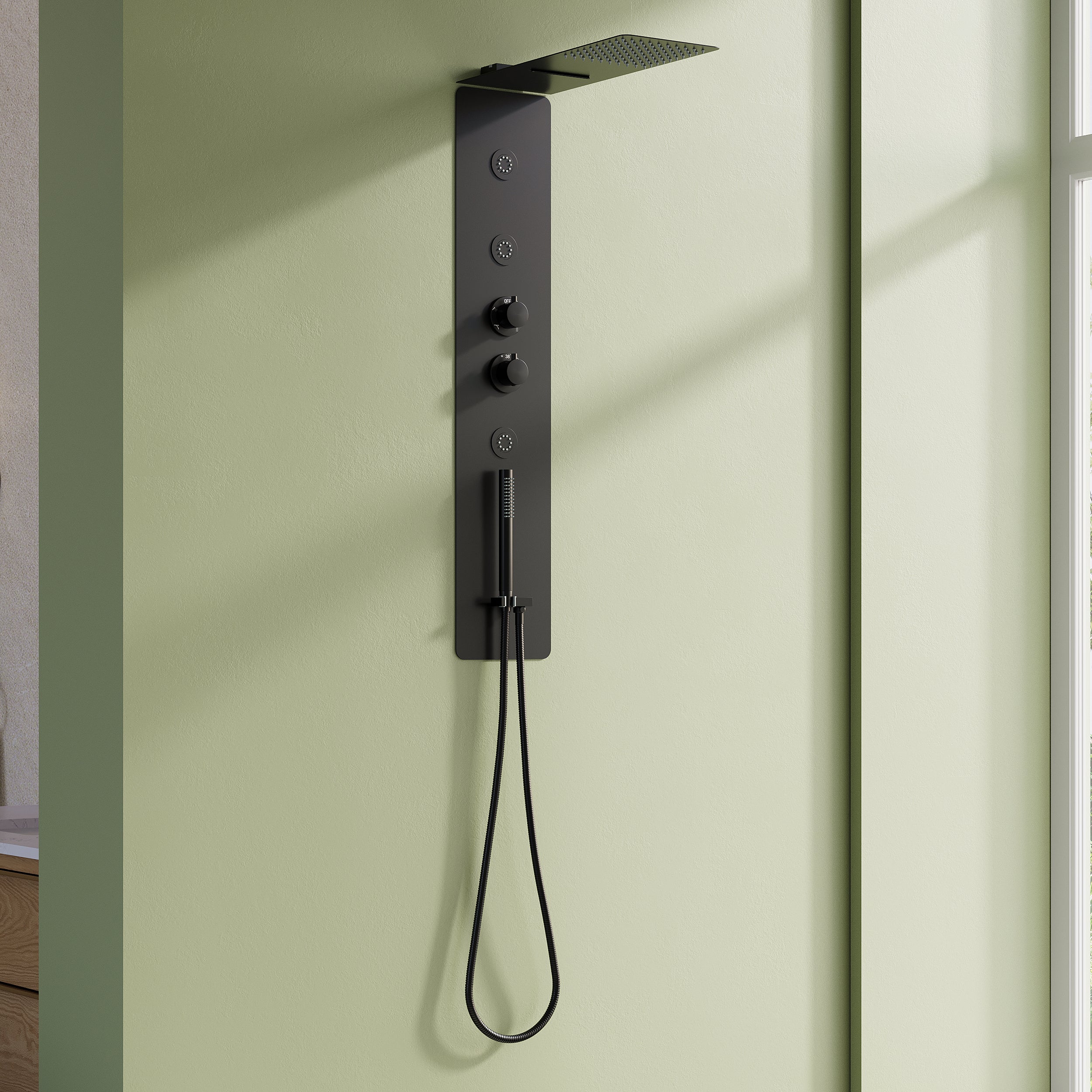








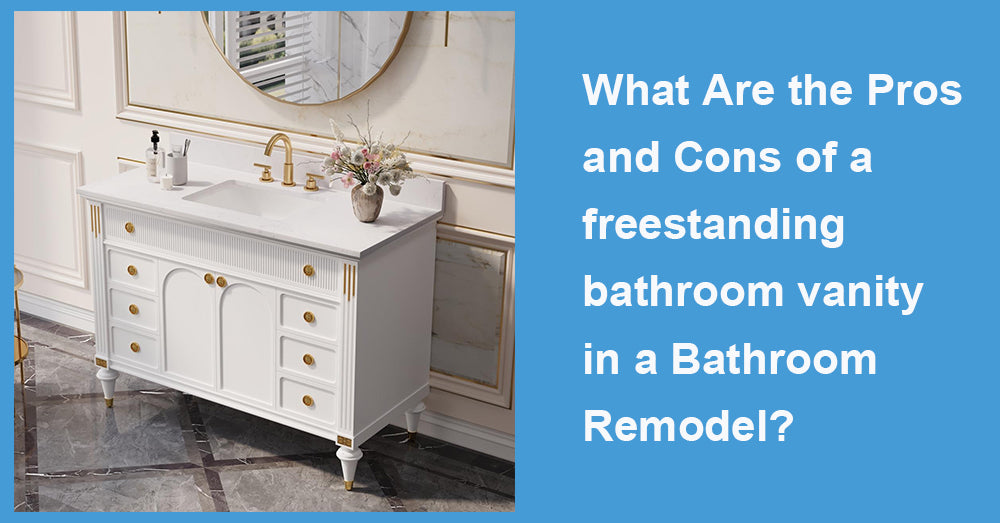
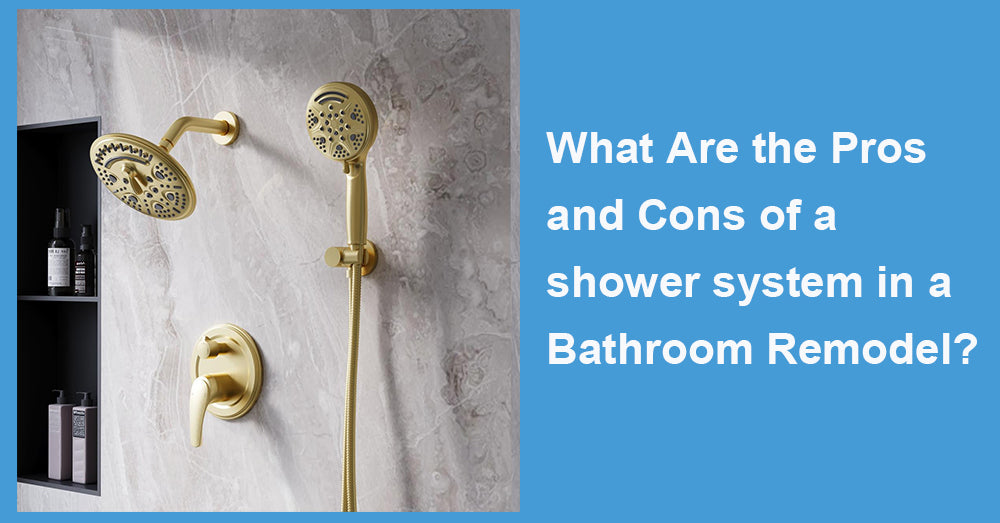
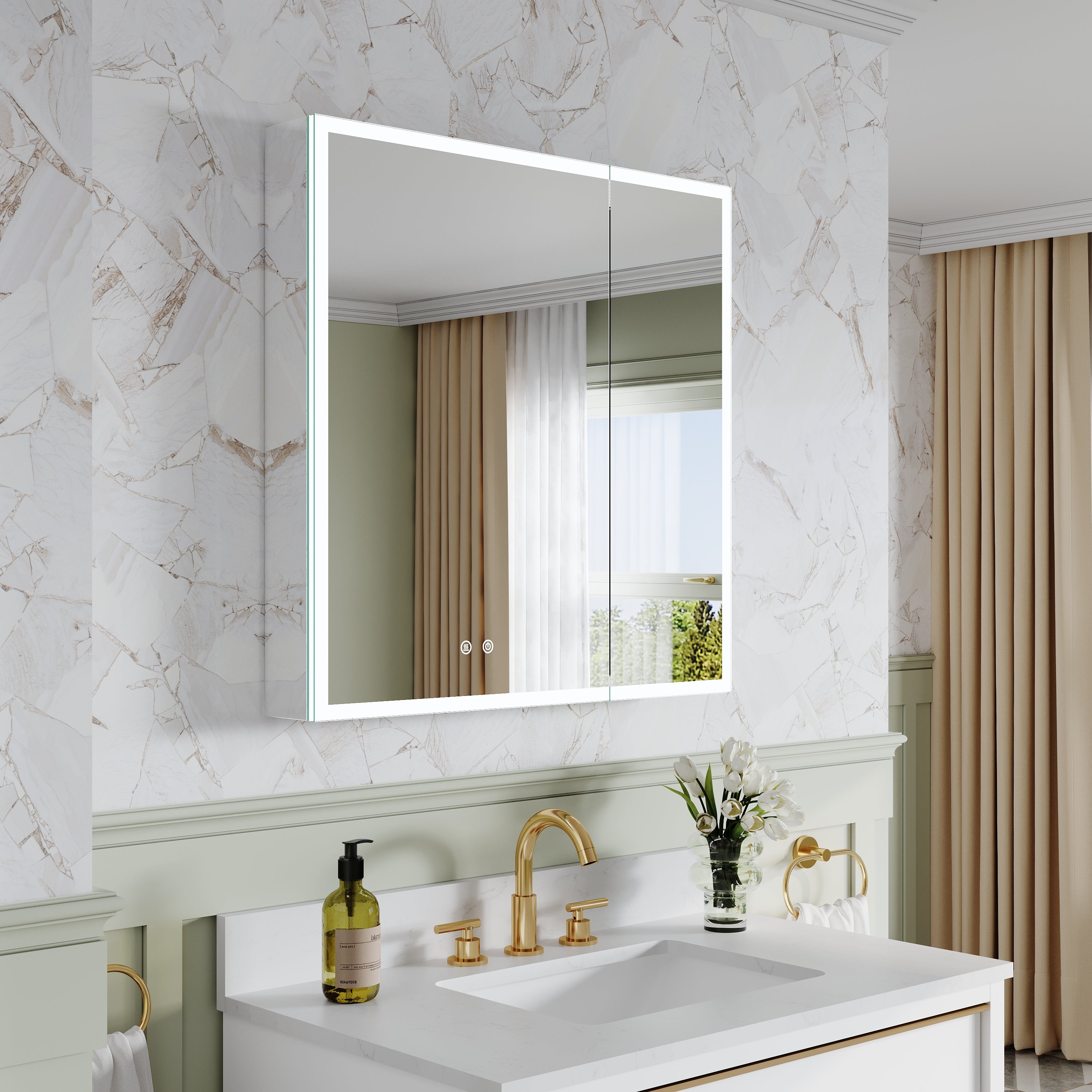
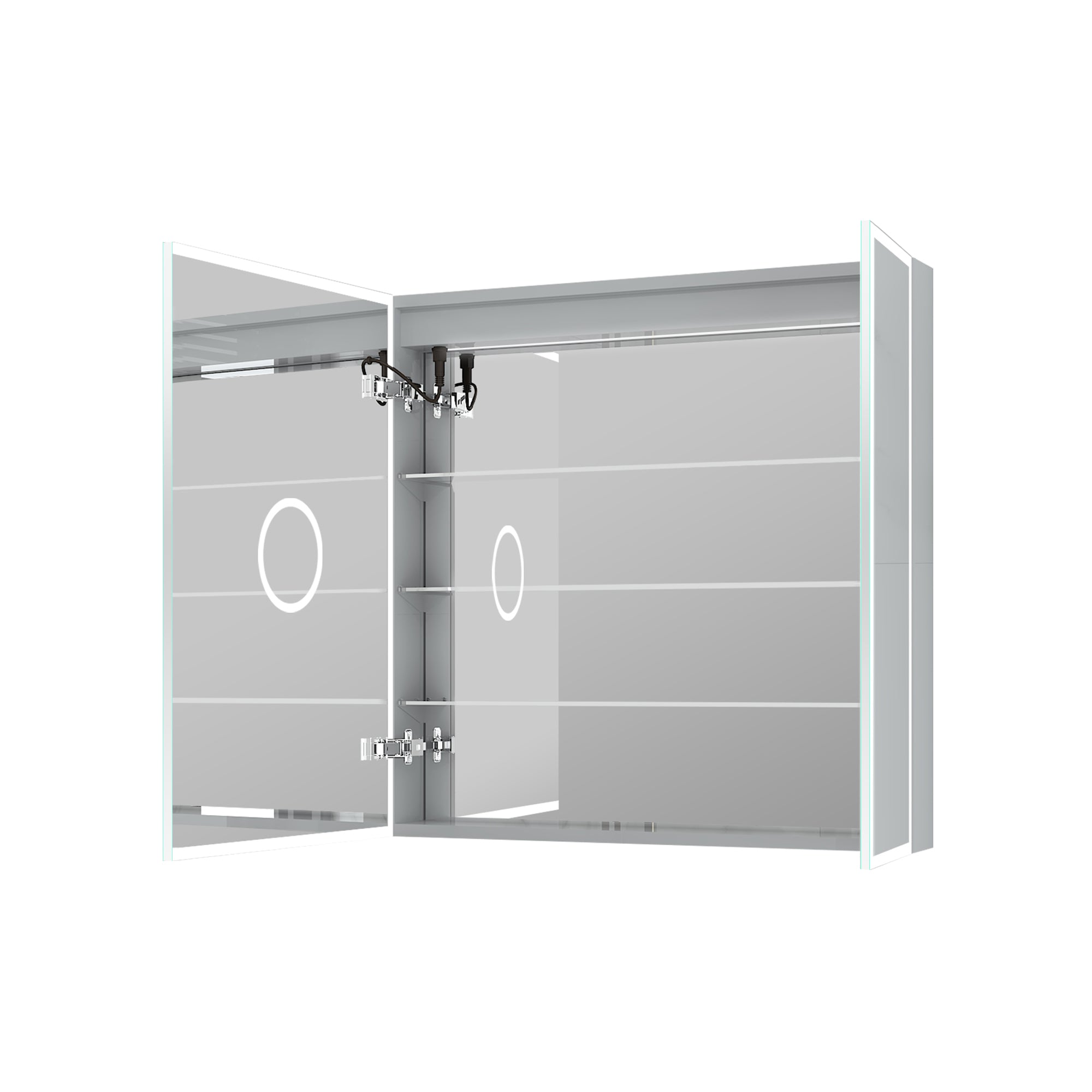
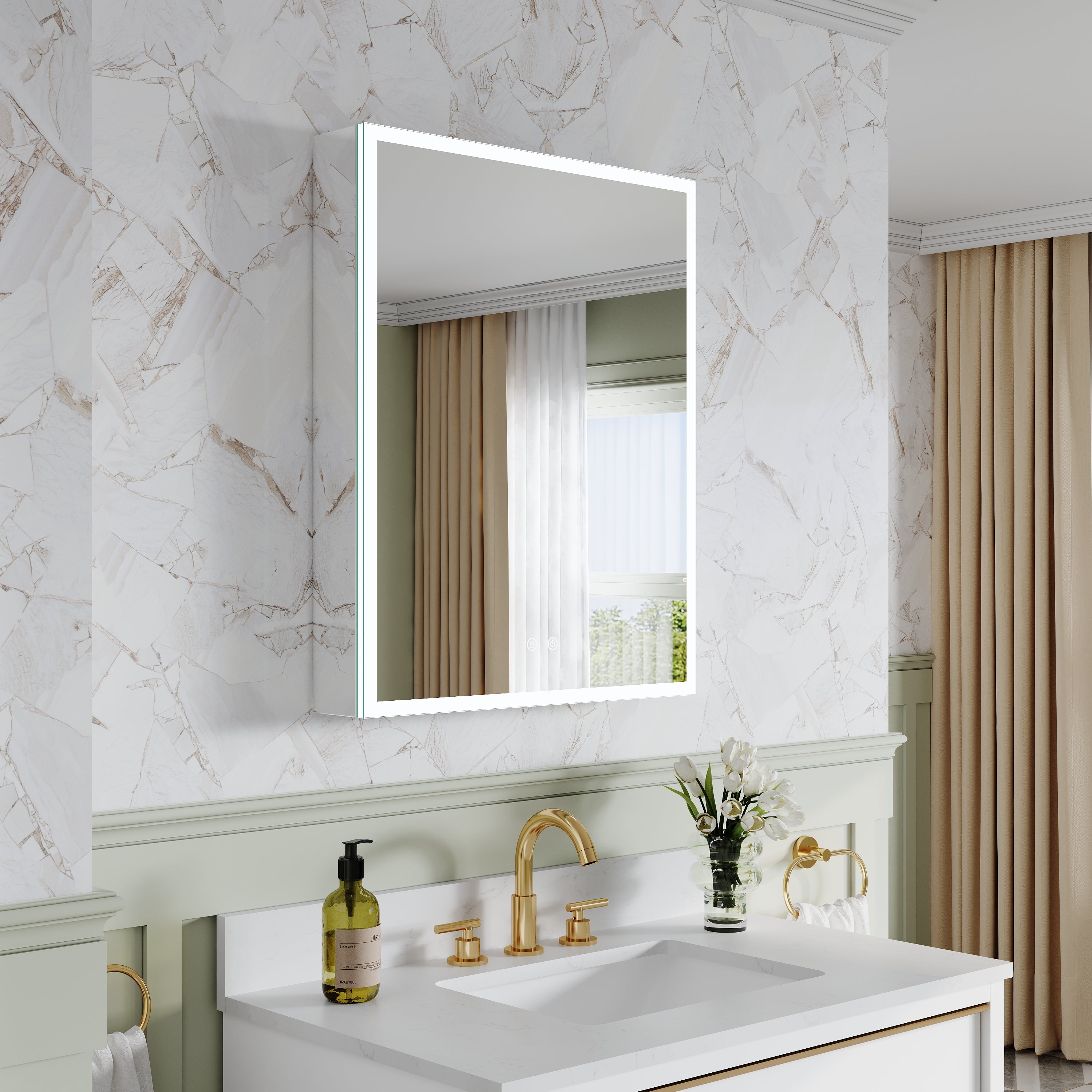
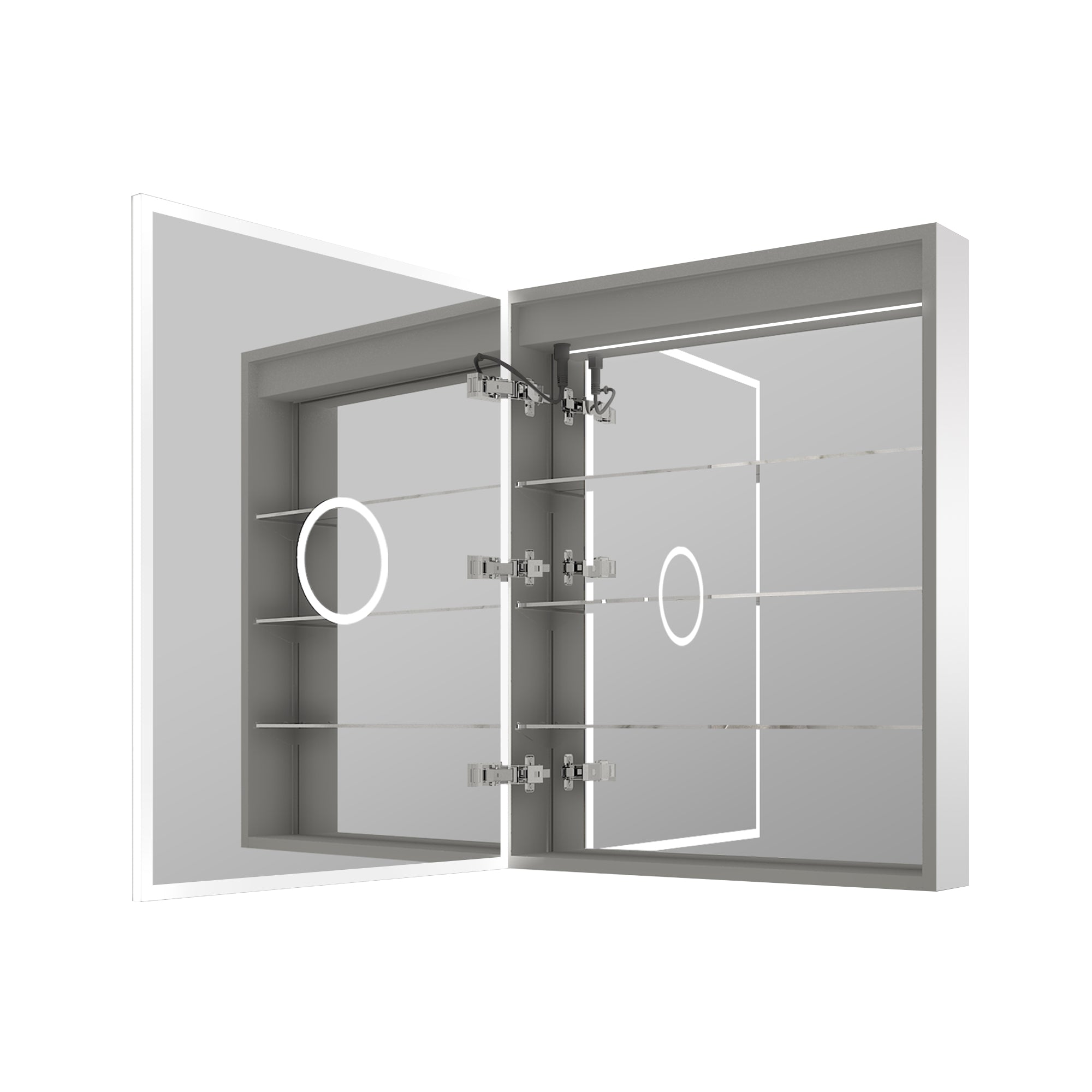
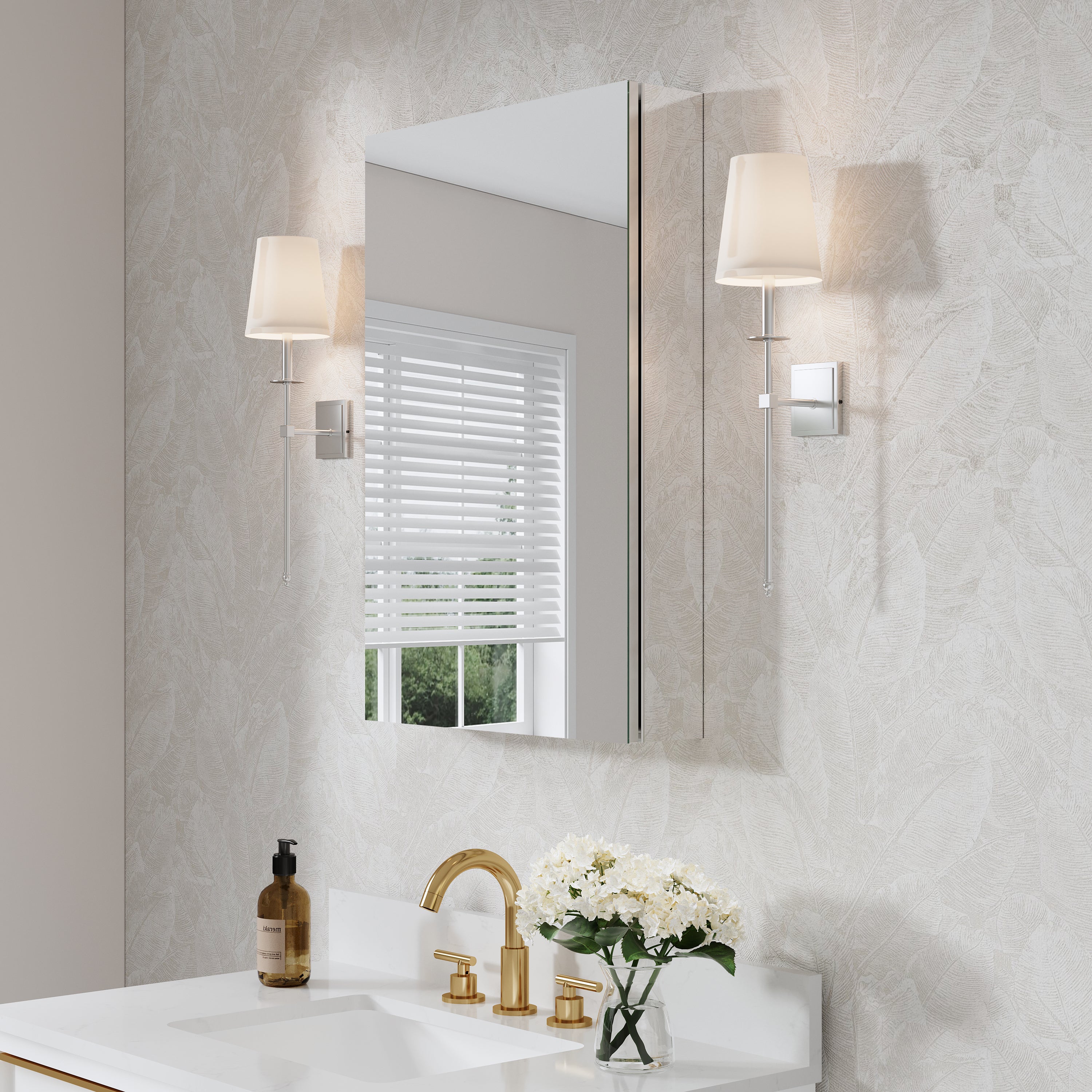
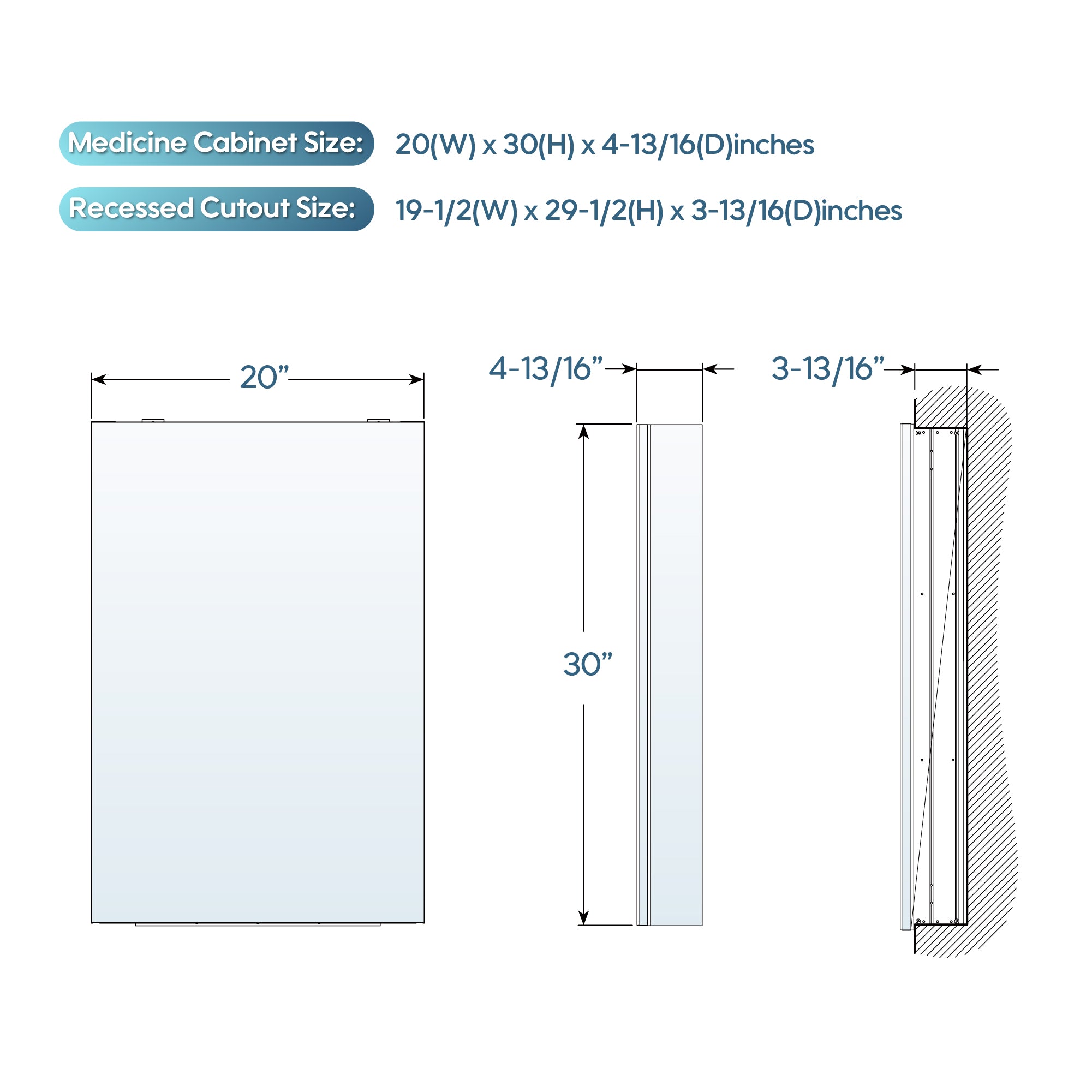
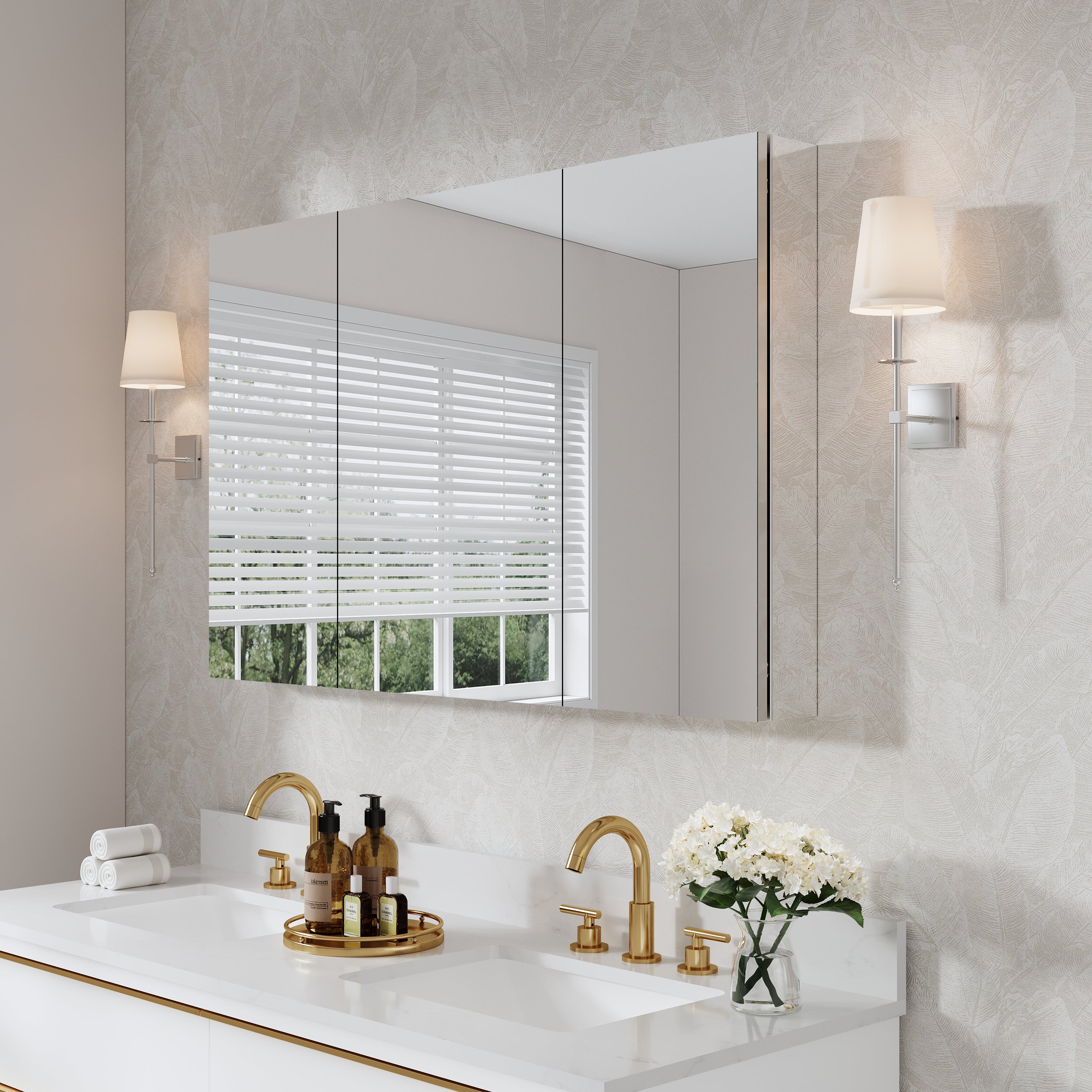
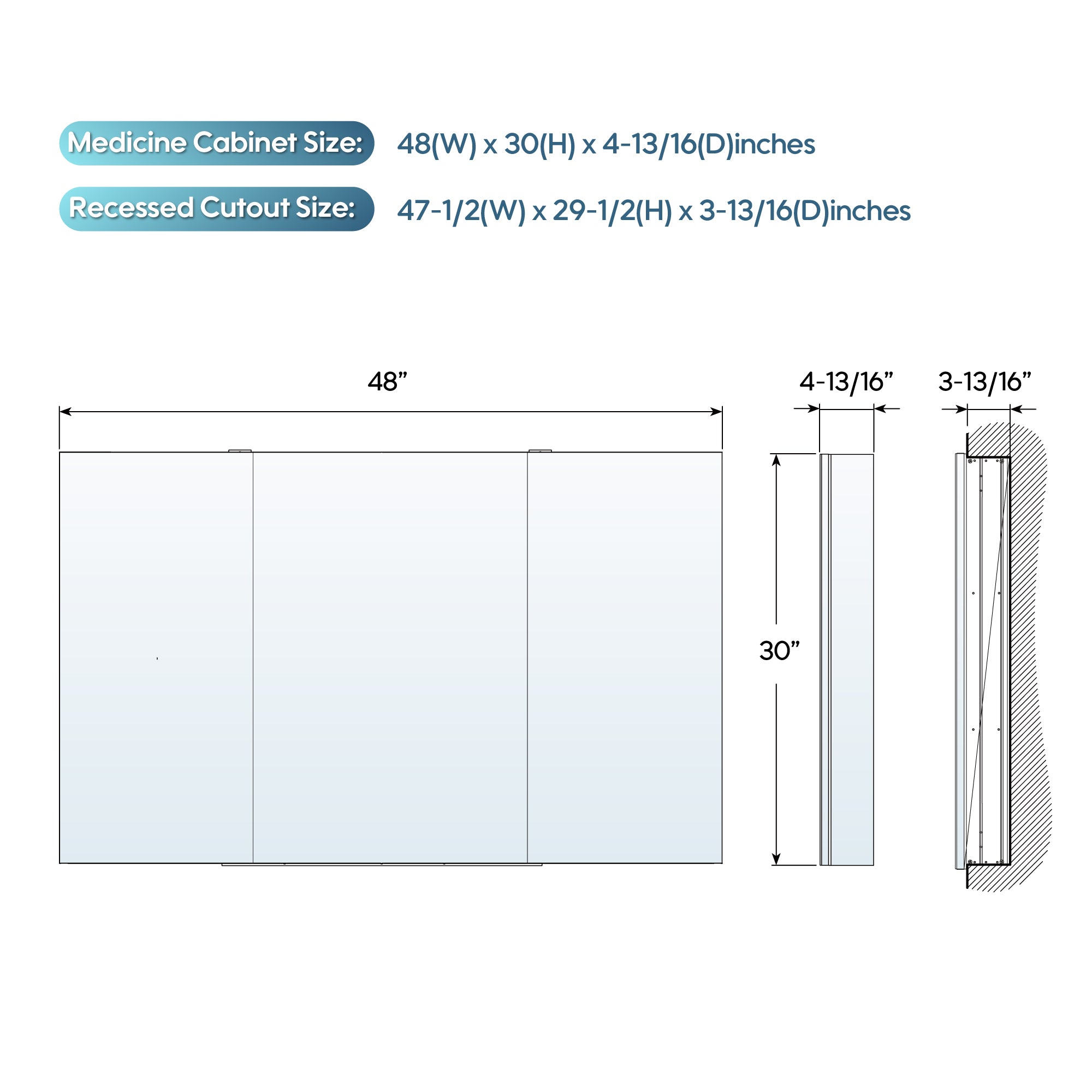
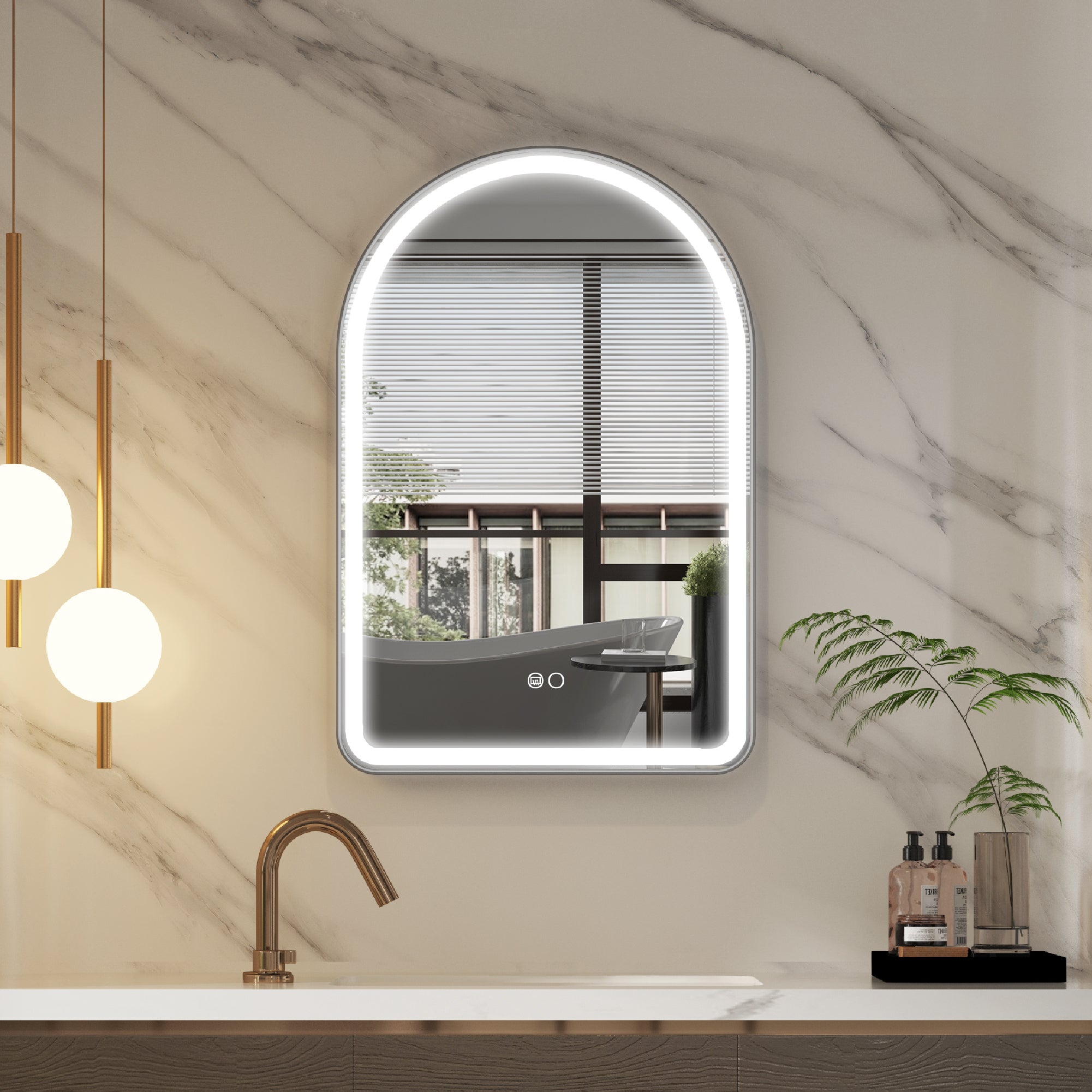
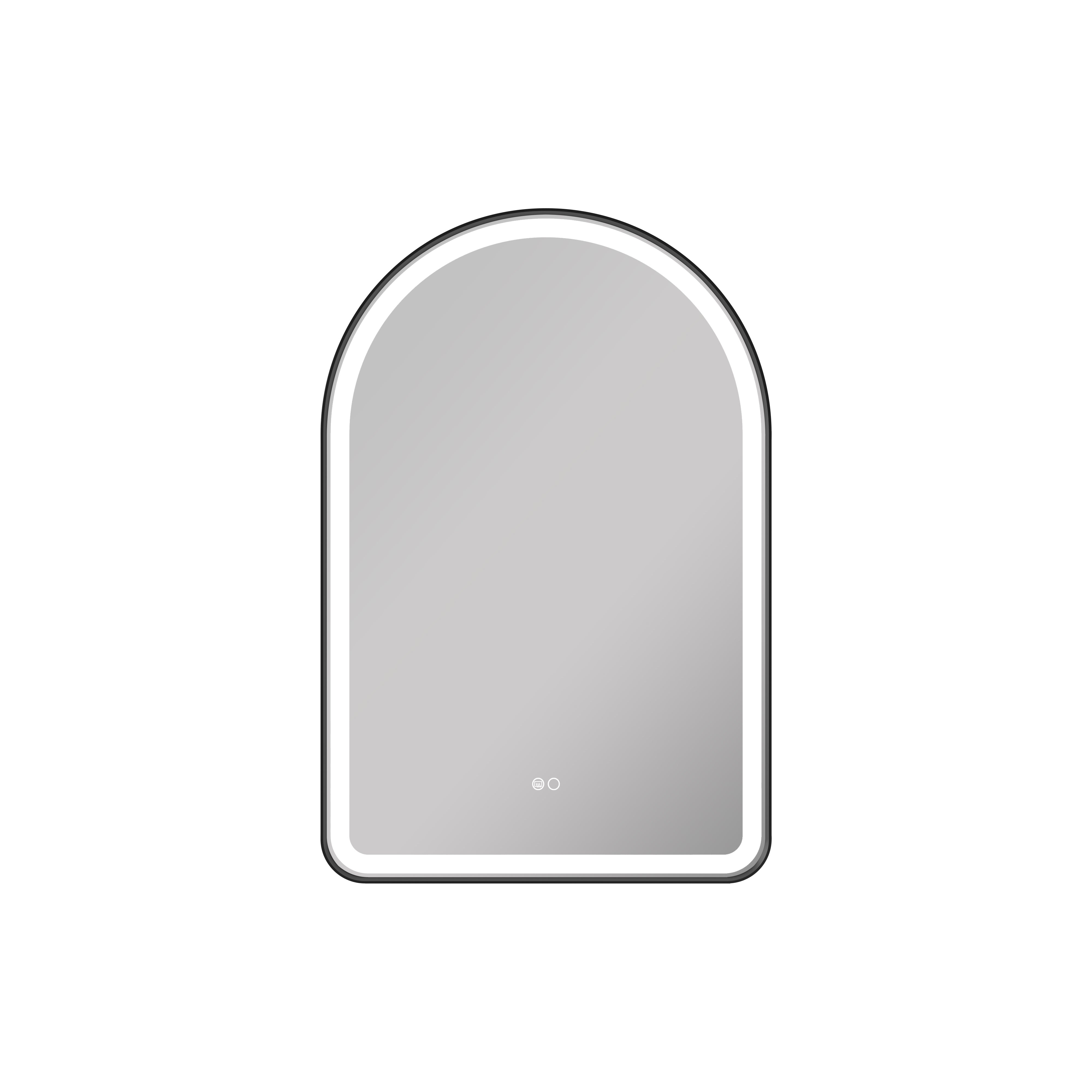


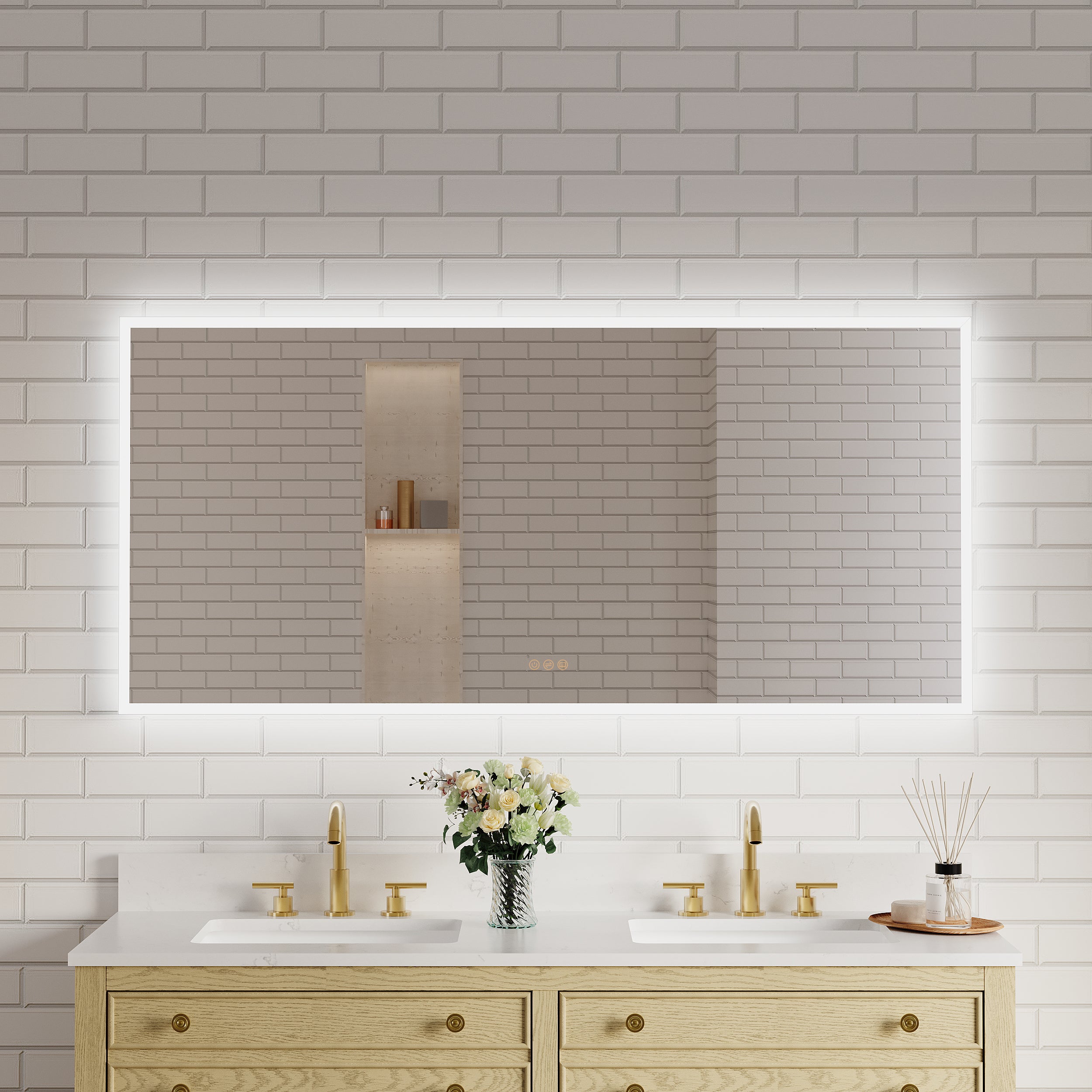

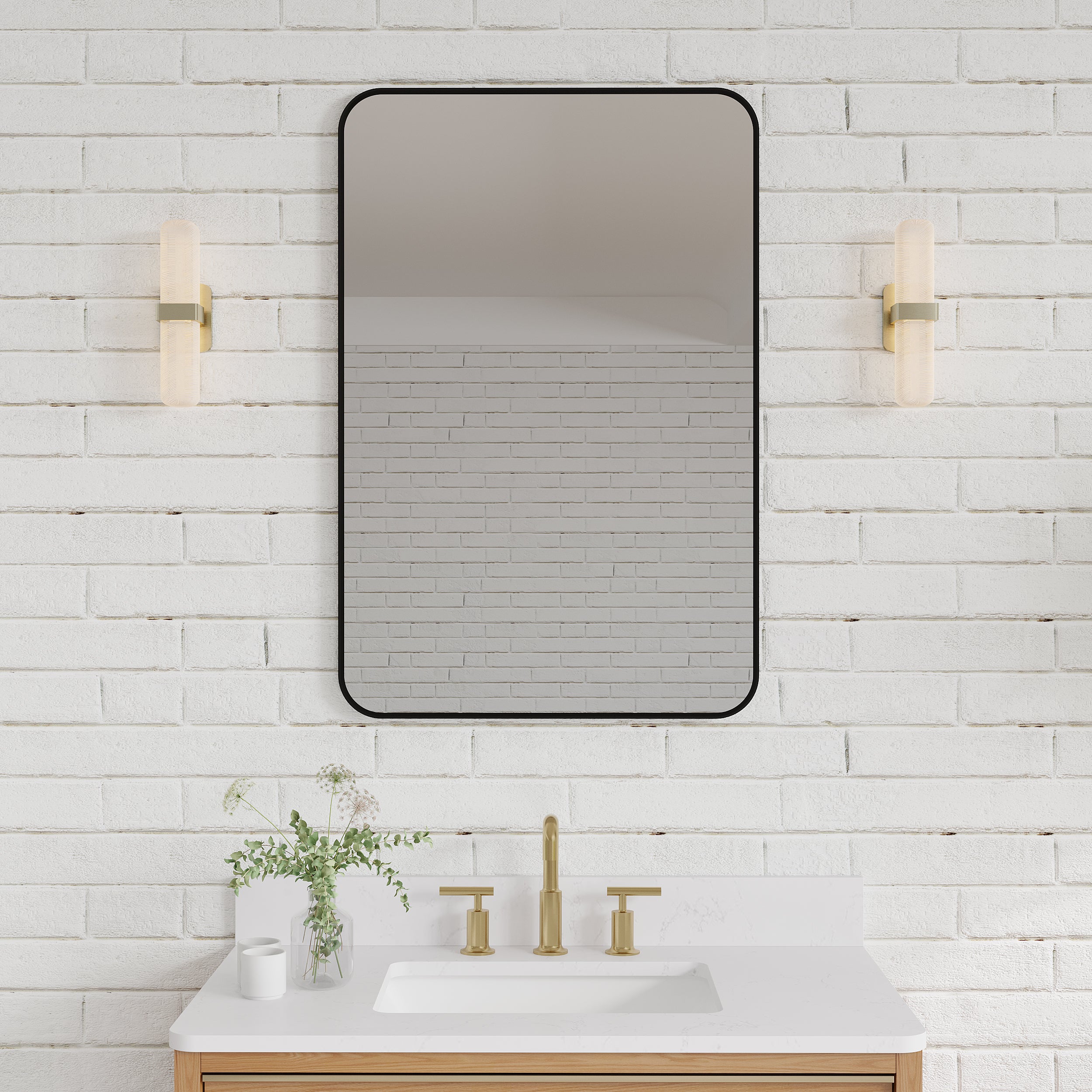

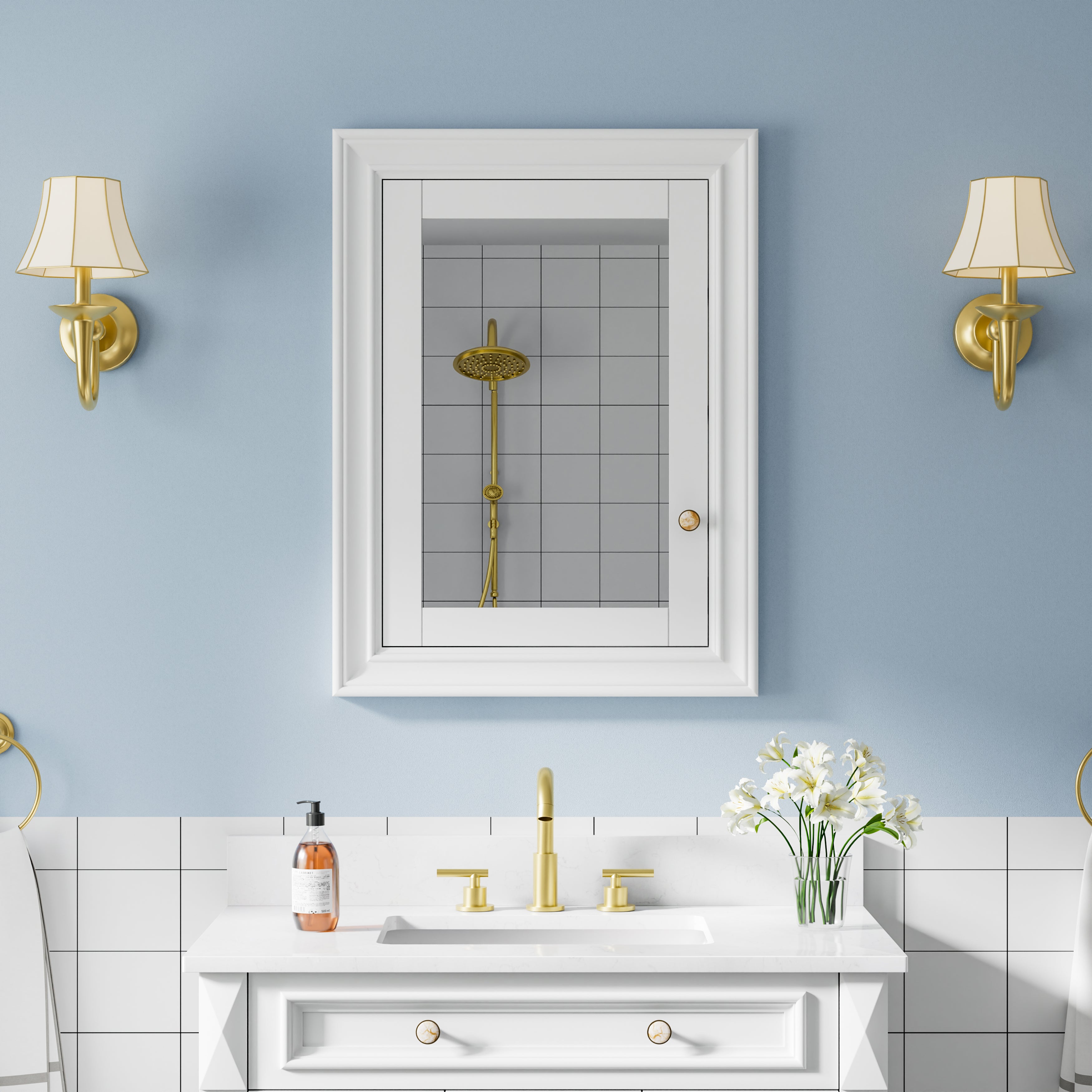
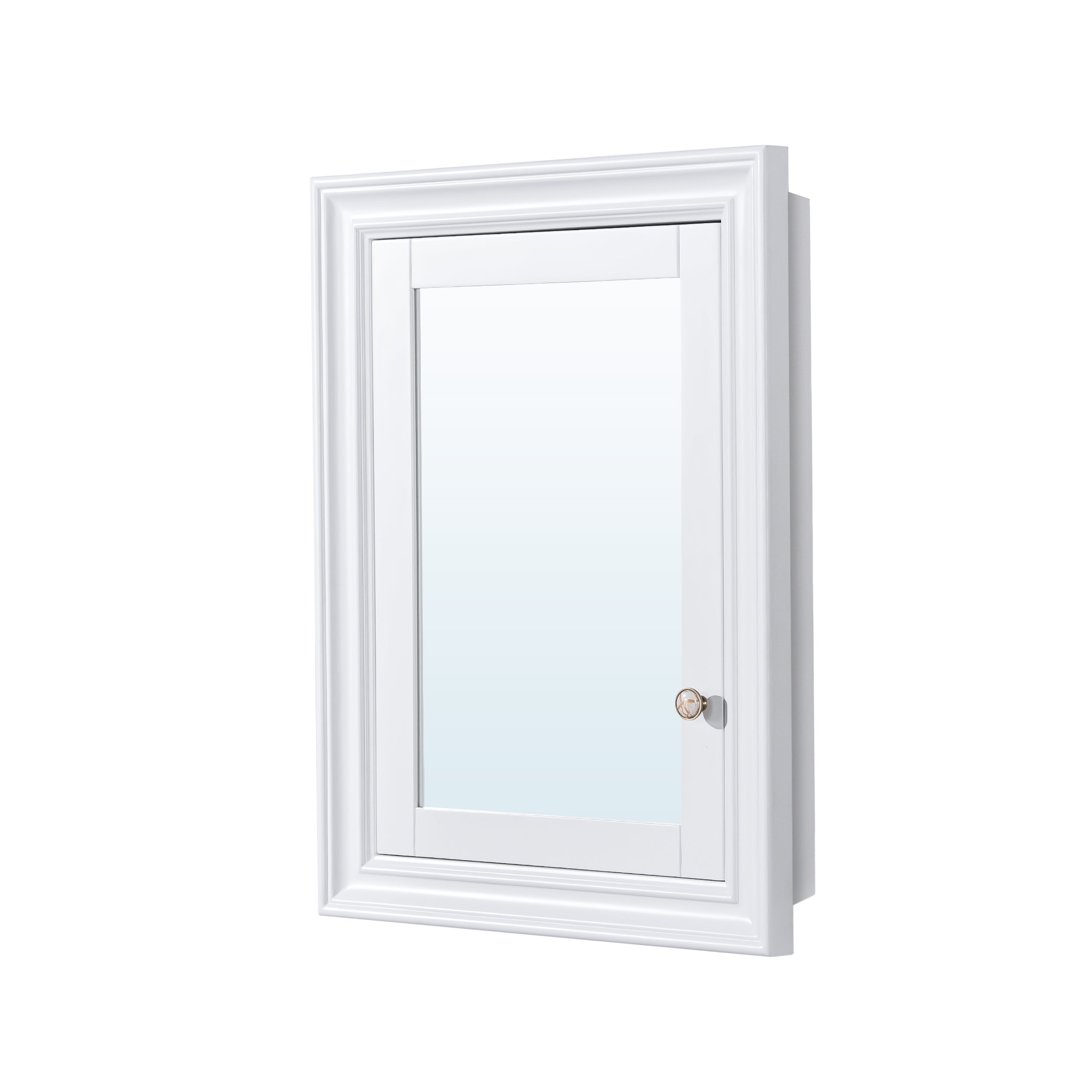










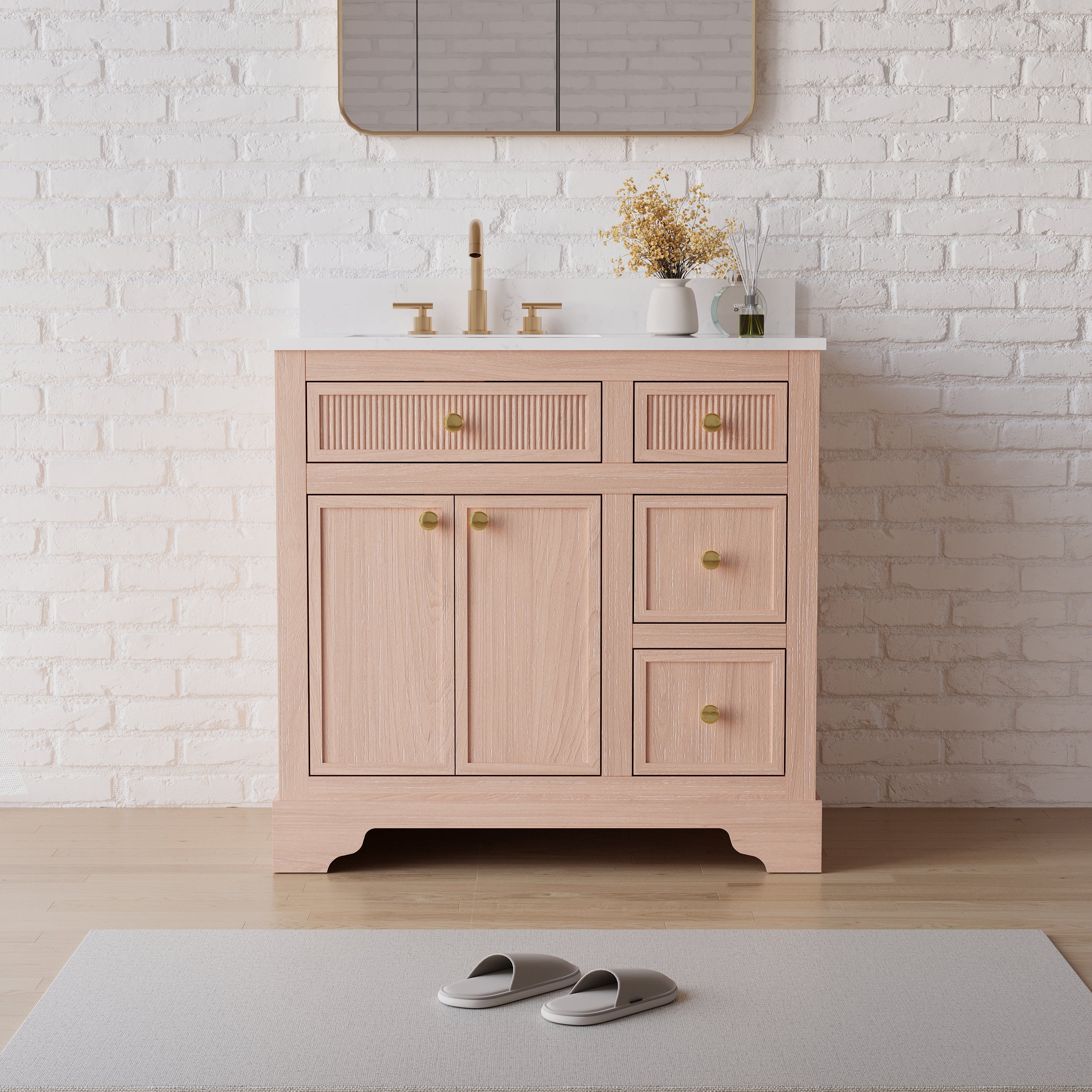
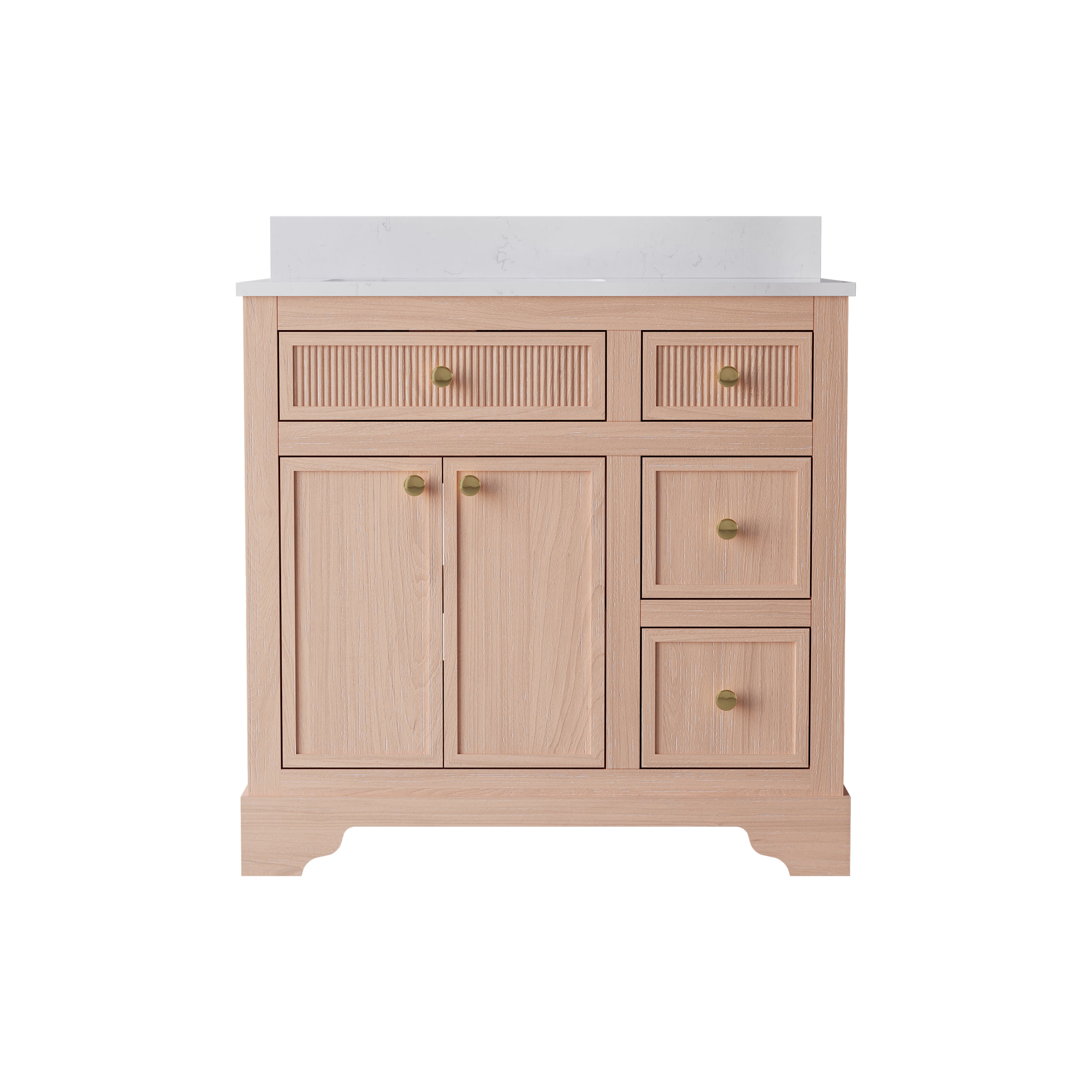
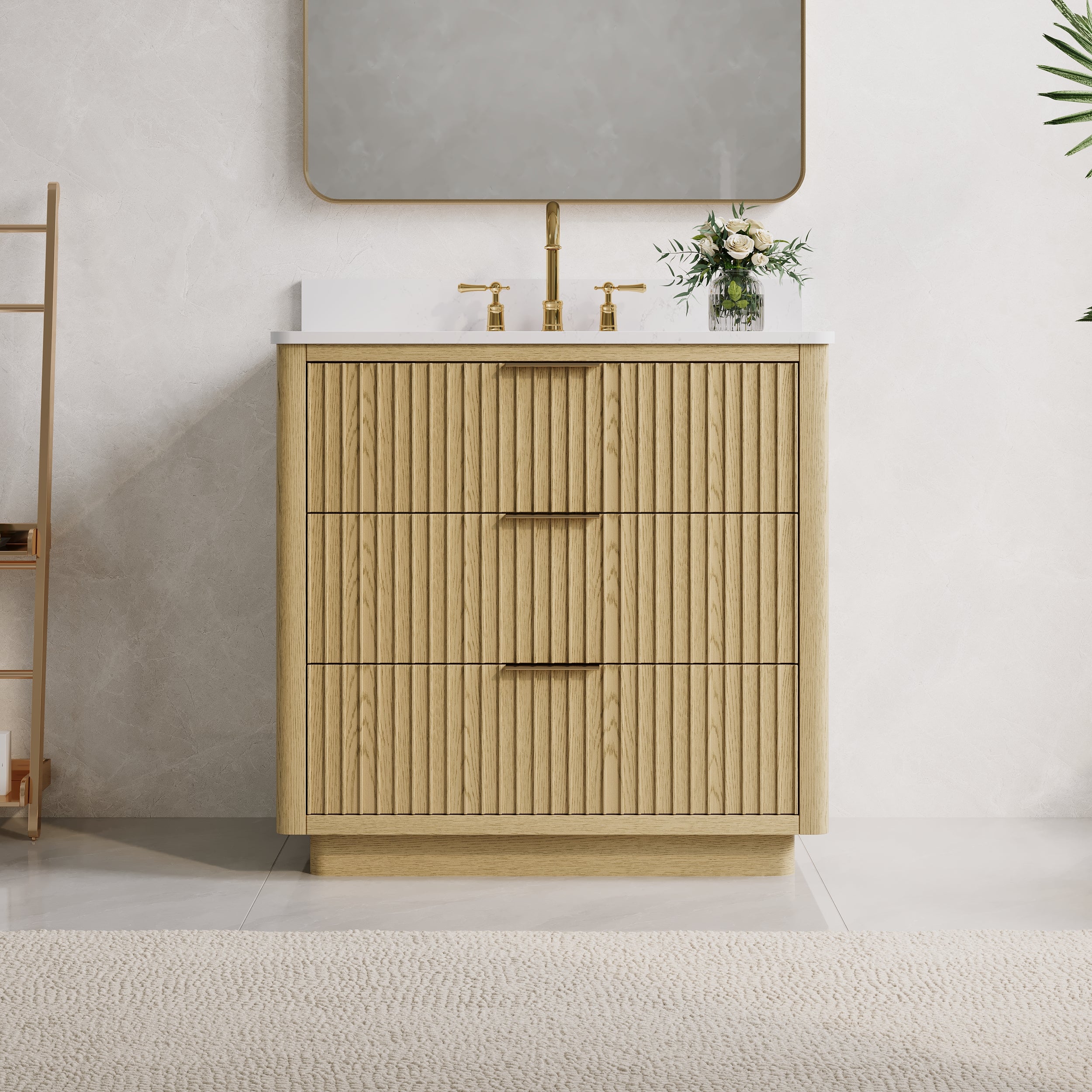
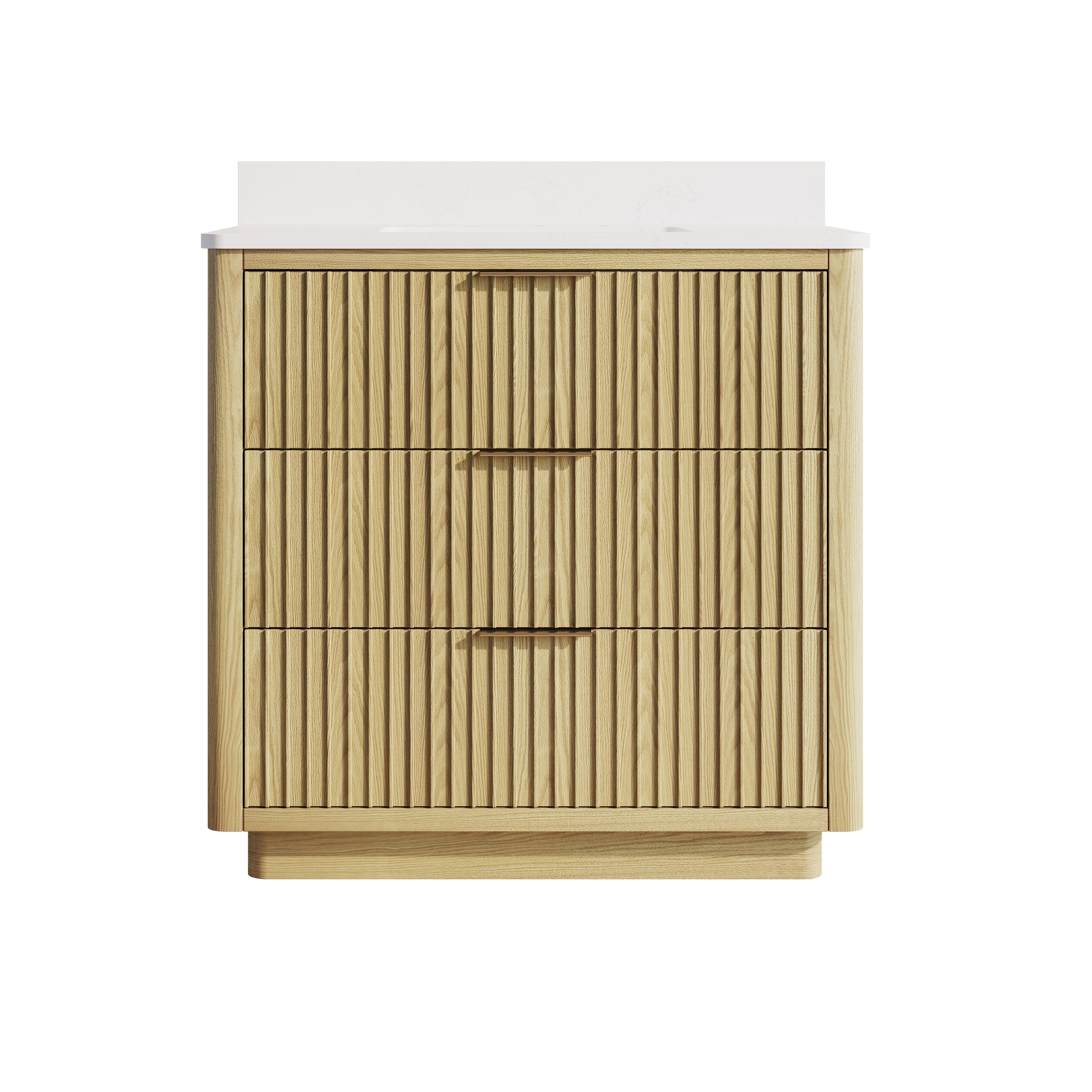
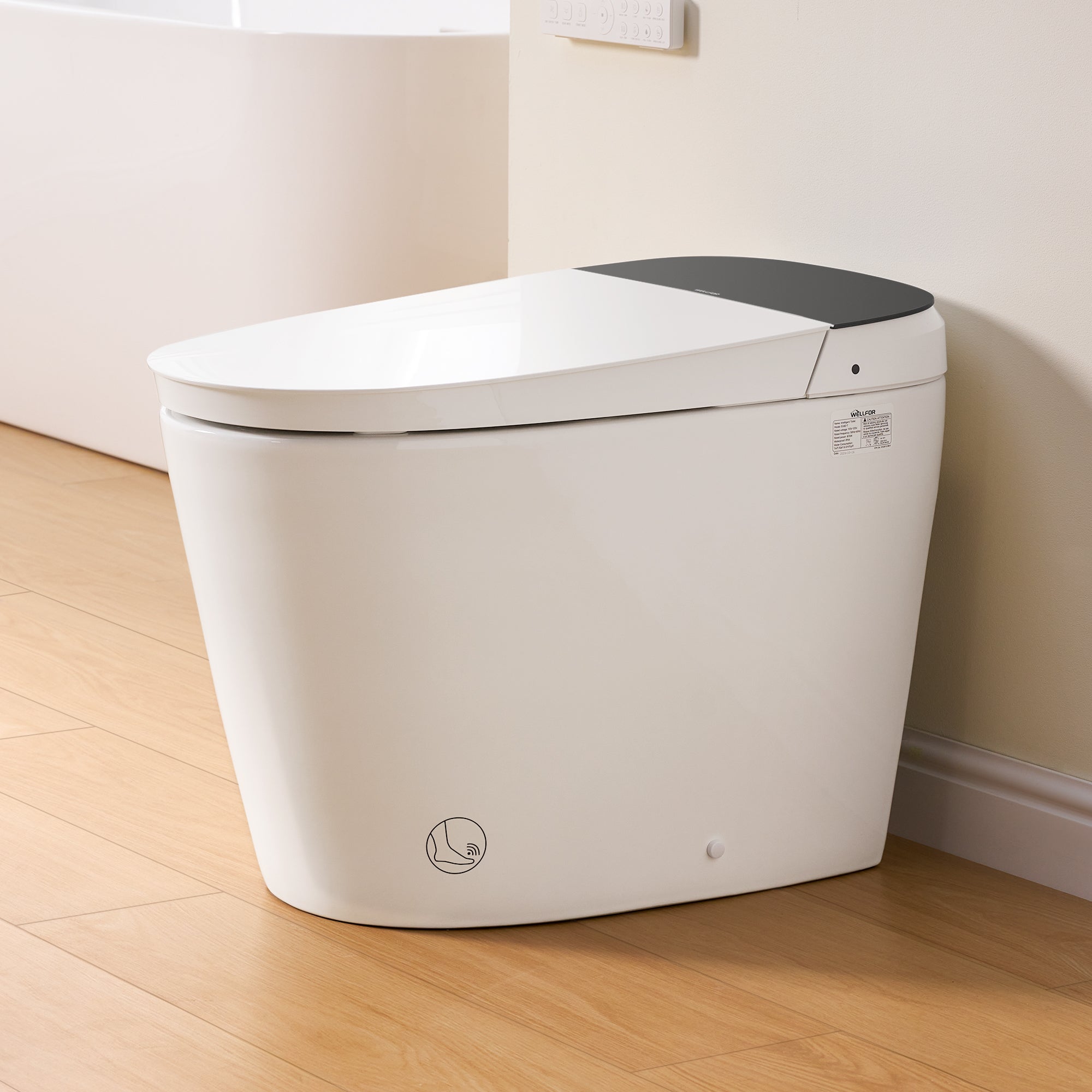
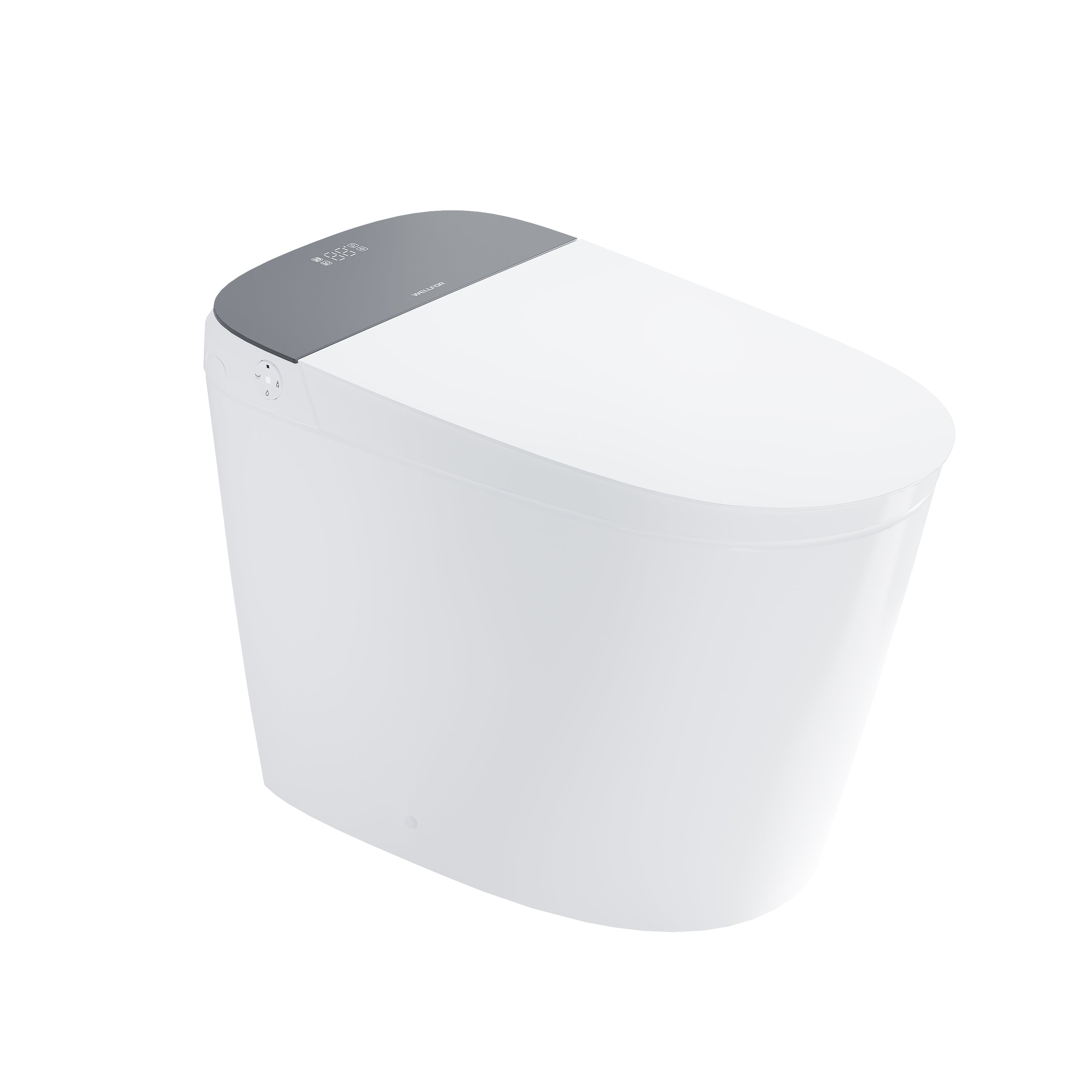
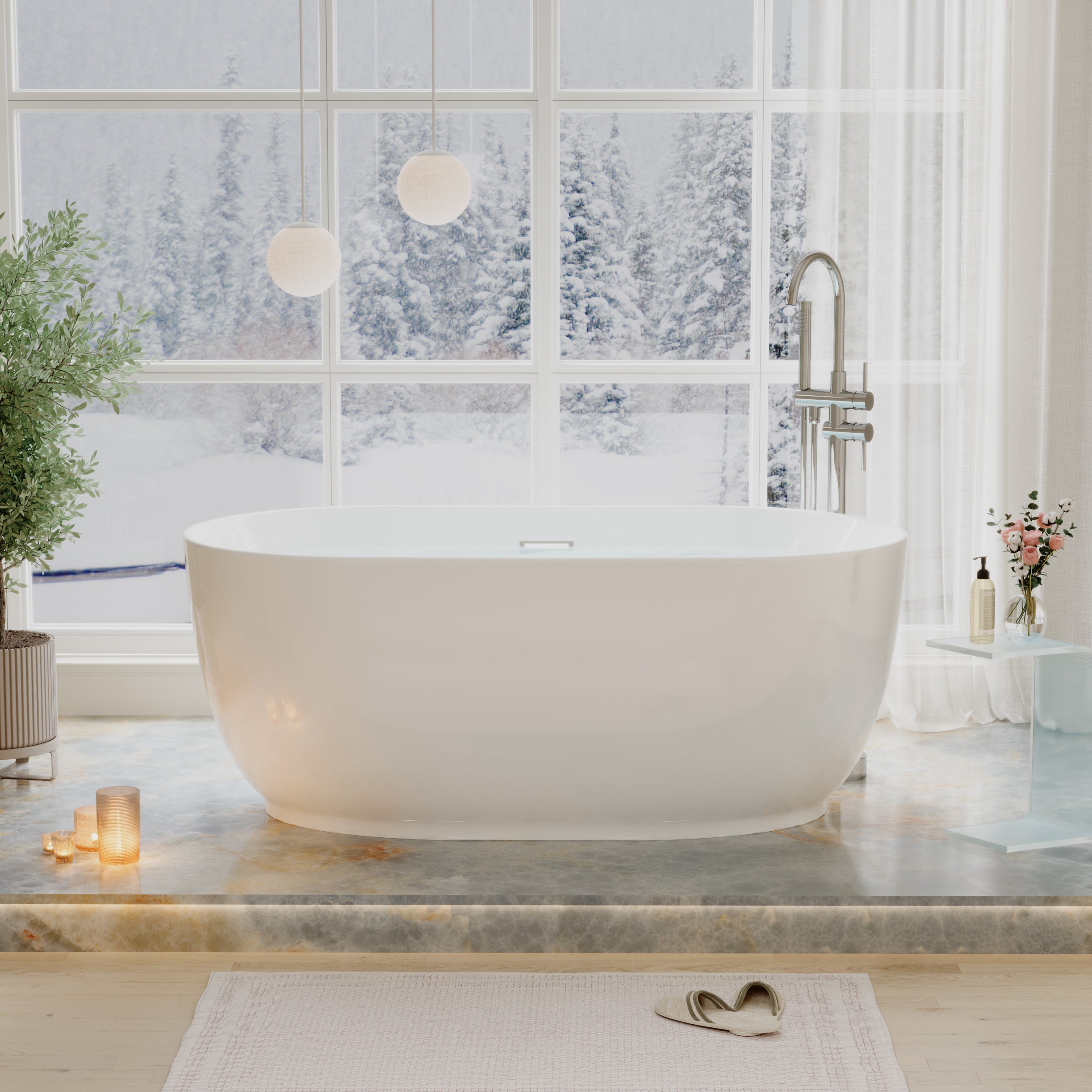
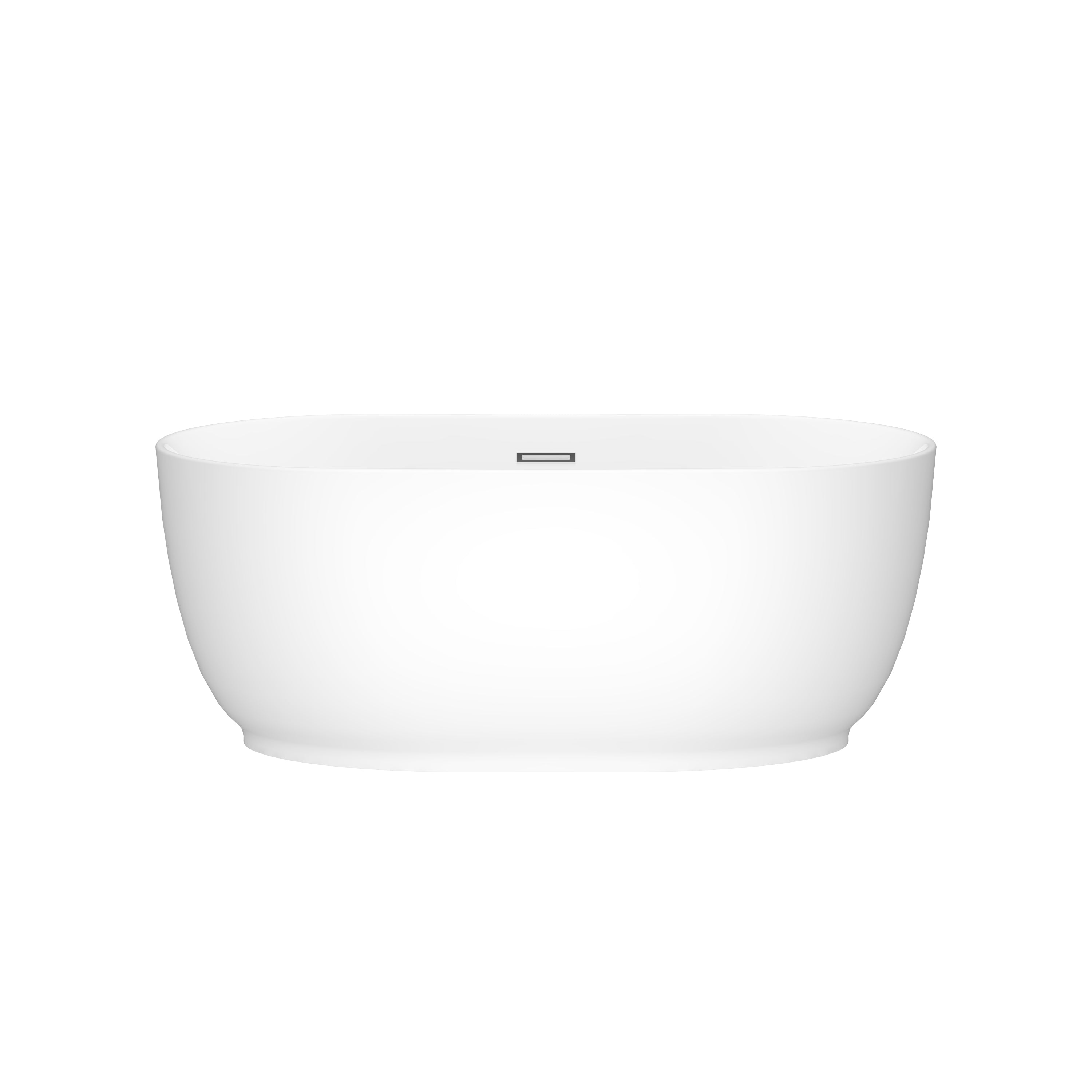
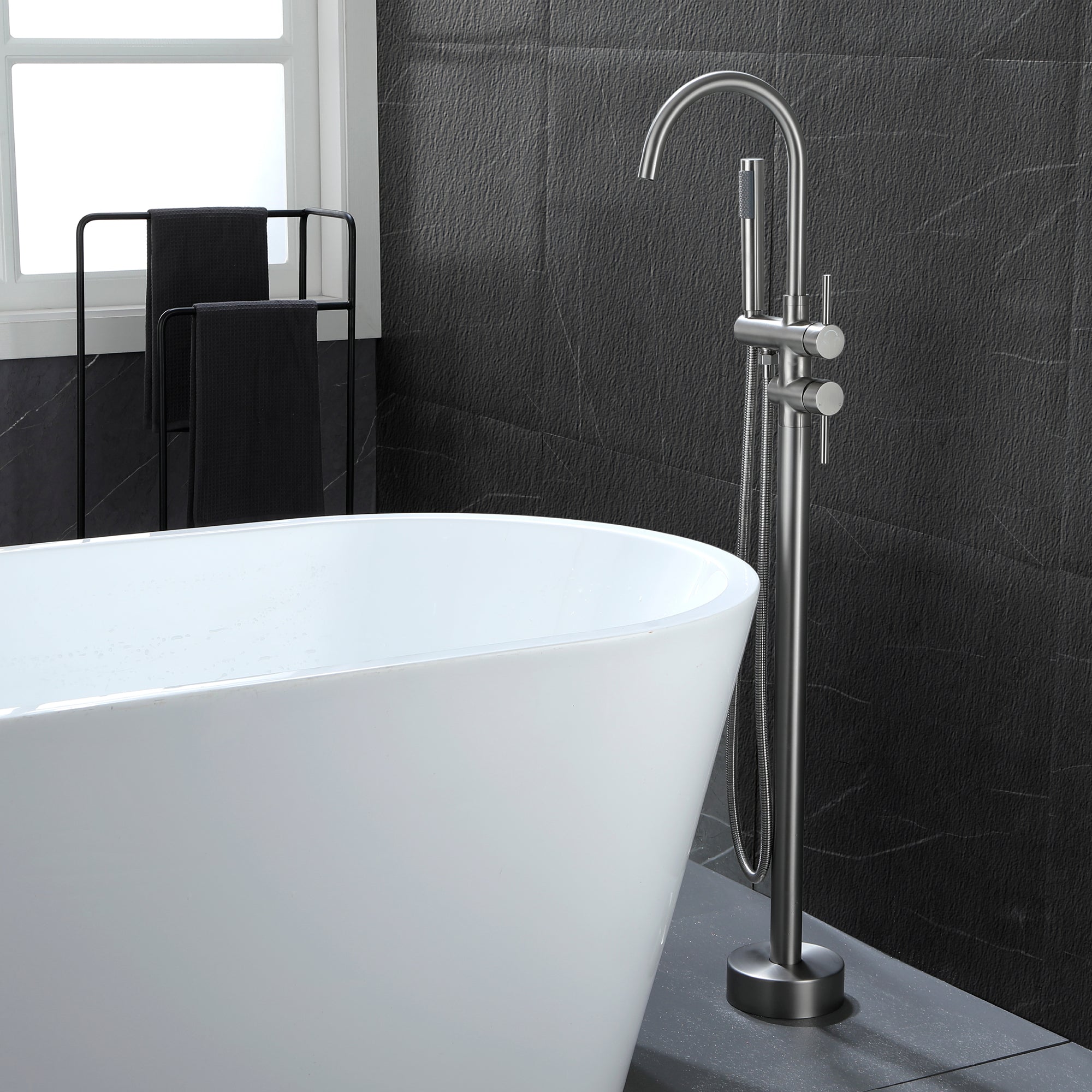

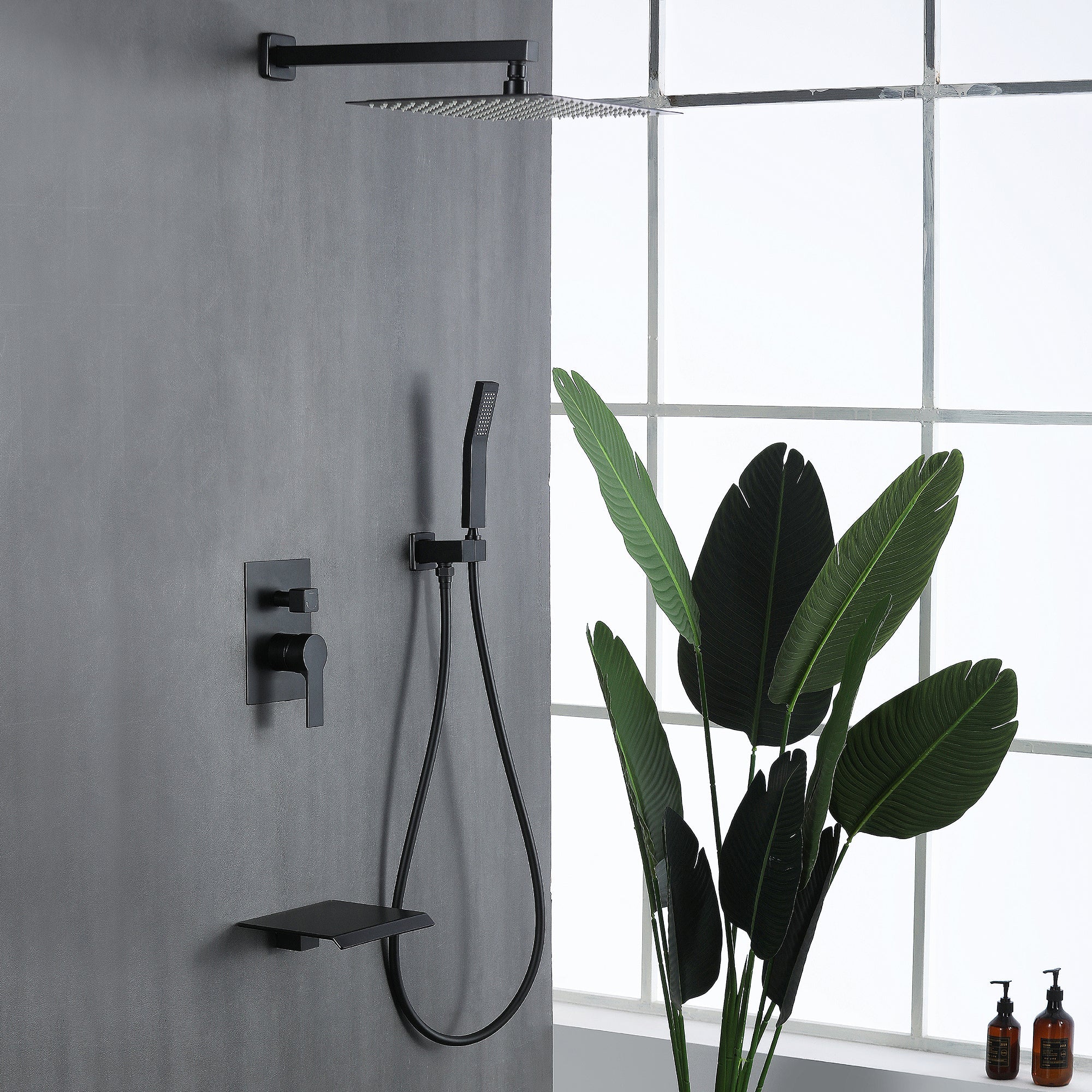
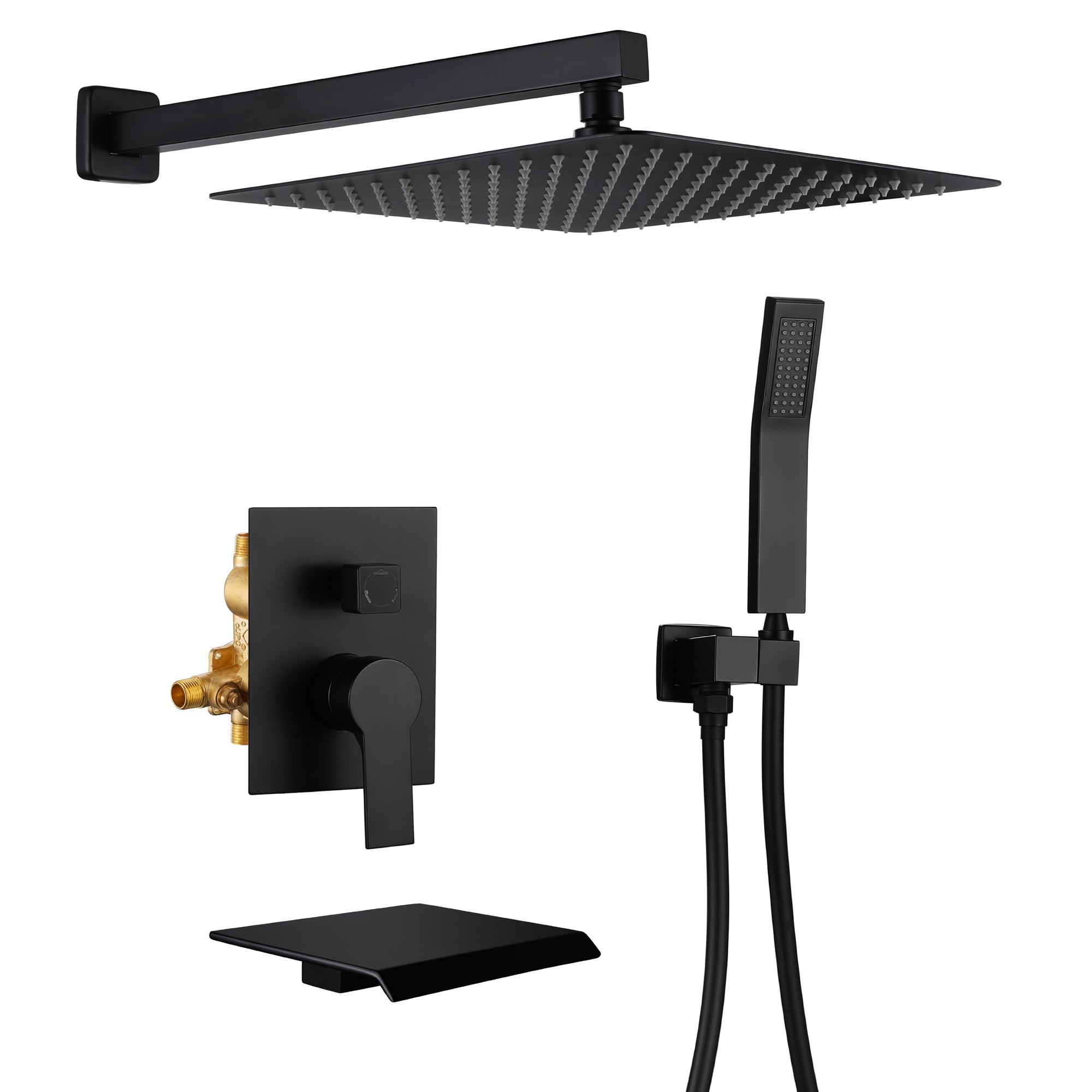
Leave a comment
This site is protected by hCaptcha and the hCaptcha Privacy Policy and Terms of Service apply.